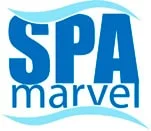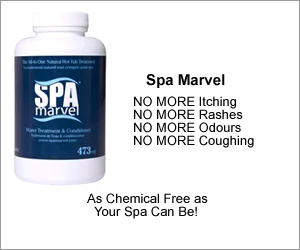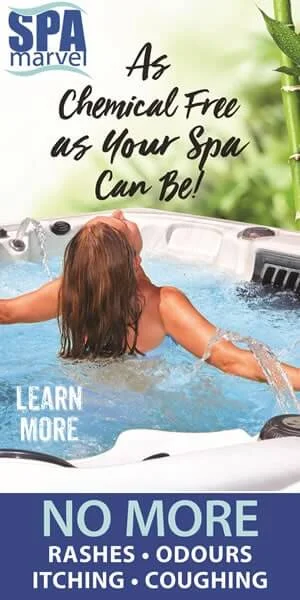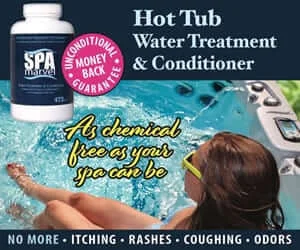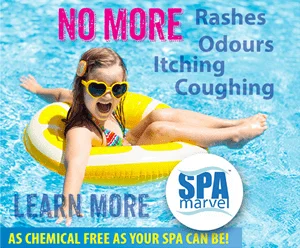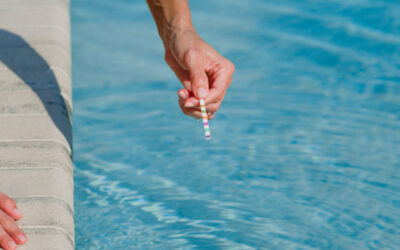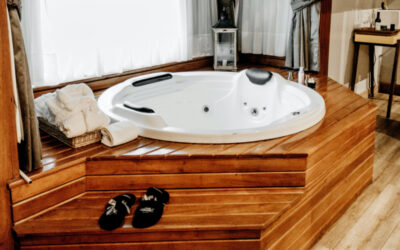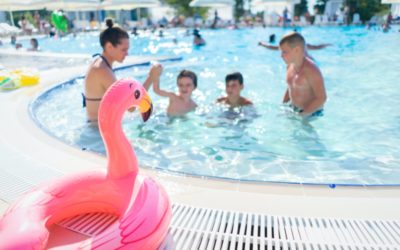Hot Tub Care Advice From an Expert
My name is Tim, I work for The Spa Marvel Company, I am in charge of helping people with water quality issues/problems.
In this industry we see the same water quality questions over and over again, and people contact us for guidance. To be clear, it isn’t the products that you use in spa care that cause the problems. Here are some notes and thoughts that EVERYONE should be aware of, whether you use Spa Marvel or not.
Four people in your hot tub is the same as 200 people in a swimming pool. The bather load in a spa is tremendous. If you don’t shower thoroughly before using the spa, you are using it as a bath tub. Hairspray, makeup, deodorant, perfume, cologne, gel, detergents/soap, lotions, and creams are introduced to the water. Those are on top of the sweat, body oil and residual human waste (fecal matter, urine and blood) that often accompanies bathers into the water. This is hard on the water, your water treatment chemicals and your filter. Shower THOROUGHLY before using your spa, your life will be much better.
Ensure you have sufficient filtration. Most spas come from the factory pre-programmed to filter water 4 hours a day. Some only filter 1 hour a day. This is not sufficient. If you program your spa to filter 6, or even 8 hours a day, you will use less chemicals and have much better water quality. If your spa is equipped with a low-volume hush pump (sometimes called a circ pump), it is designed to filter 24/7. If it does not come programmed this way, program it to do so.
Yes, it will cost more for electricity to run the pumps more, but let’s look at this: The average electricity cost in North America is 12 cents per kilowatt hour. That means that if a 1 horsepower pump runs for 1 hour, it uses 12 cents of electricity. So if you filter water 8 hours a day, versus 4 hours a day, it would appear that you are spending an extra 24 cents a day on electricity, or $7.30 cents a month. But you are actually spending less, because much of the waste heat created by the pump motor is transferred to the water, which will heat the water, which means your heater doesn’t need to run as often, which will save you money.
If you are using a circ pump/hush pump, they are typically 1/5 of a horsepower motor, which means that they use 1 kilowatt of energy every five hours. To run one of these pumps 24/7, based on the aforementioned numbers, you’re spending 58 cents a day on electricity, less than $18 a month, less what you’re saving because the heater doesn’t run as much.
So folks, increase your filtration, it will improve your water quality and decrease chemical use.
Hot Tub Care Advice From an Expert
My name is Tim, I work for The Spa Marvel Company, I am in charge of helping people with water quality issues/problems.
In this industry we see the same water quality questions over and over again, and people contact us for guidance. To be clear, it isn’t the products that you use in spa care that cause the problems. Here are some notes and thoughts that EVERYONE should be aware of, whether you use Spa Marvel or not.
Four people in your hot tub is the same as 200 people in a swimming pool. The bather load in a spa is tremendous. If you don’t shower thoroughly before using the spa, you are using it as a bath tub. Hairspray, makeup, deodorant, perfume, cologne, gel, detergents/soap, lotions, and creams are introduced to the water. Those are on top of the sweat, body oil and residual human waste (fecal matter, urine and blood) that often accompanies bathers into the water. This is hard on the water, your water treatment chemicals and your filter. Shower THOROUGHLY before using your spa, your life will be much better.
Ensure you have sufficient filtration. Most spas come from the factory pre-programmed to filter water 4 hours a day. Some only filter 1 hour a day. This is not sufficient. If you program your spa to filter 6, or even 8 hours a day, you will use less chemicals and have much better water quality. If your spa is equipped with a low-volume hush pump (sometimes called a circ pump), it is designed to filter 24/7. If it does not come programmed this way, program it to do so.
Yes, it will cost more for electricity to run the pumps more, but let’s look at this: The average electricity cost in North America is 12 cents per kilowatt hour. That means that if a 1 horsepower pump runs for 1 hour, it uses 12 cents of electricity. So if you filter water 8 hours a day, versus 4 hours a day, it would appear that you are spending an extra 24 cents a day on electricity, or $7.30 cents a month. But you are actually spending less, because much of the waste heat created by the pump motor is transferred to the water, which will heat the water, which means your heater doesn’t need to run as often, which will save you money.
If you are using a circ pump/hush pump, they are typically 1/5 of a horsepower motor, which means that they use 1 kilowatt of energy every five hours. To run one of these pumps 24/7, based on the aforementioned numbers, you’re spending 58 cents a day on electricity, less than $18 a month, less what you’re saving because the heater doesn’t run as much.
So folks, increase your filtration, it will improve your water quality and decrease chemical use.
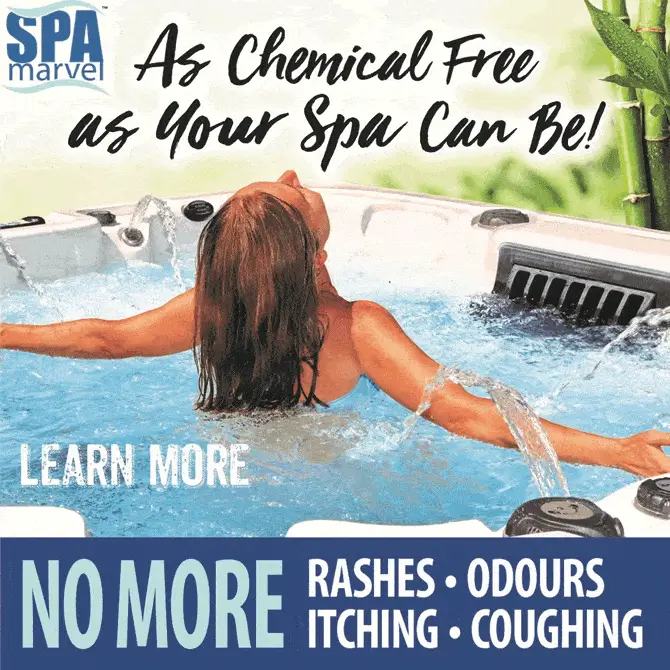
While we are talking about operating costs, let’s talk about water. Water is cheap. The cost of municipally supplied water in North America is about 1.5 cents per gallon, including the wastewater charge that most people pay. That means that it cost $6 to fill a 400-gallon spa. So if you have a huge party in your spa and the water is a mess, consider just dumping and refilling the tub, the water cost you $6 and is a lot less than trying to add chemicals to clear the water.
I once mentioned this to someone on this page, and someone else shot back about the cost of heating the freshly filled tub water up. So let’s talk about that. I have a 400 gallon spa. It has a 5kW heater. At 12 cents a kWh, it costs 60 cents an hour to operate the heater. The heater raises the temperature at the rate of 7 degrees an hour. So if I fill the spa with 55 degree water, and raise it to 104 degrees, it will take 7 hours to heat it. Seven hours at 60 cents an hour is $4.20 to heat the spa. So on average it costs $10.60 to fill and heat a 400 gallon spa. I’ve paid more than that for a beer in some places. If in doubt, dump it out.
Filters. Filters are not magic, they need to be maintained. If on day one, a person gets into your spa covered in sunscreen, that sunscreen (or many other contaminants) can impede the efficiency of the filter and it won’t work well, and then the tub goes cloudy. The filter may look clean, but the 20 micron holes in the fabric get bunged up and nothing works well. Add all of the shock and clarifier you want to, if the filter is dirty, your water will remain cloudy.
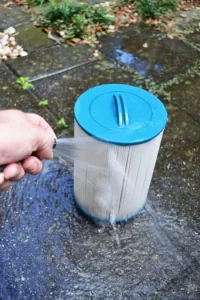 Properly cleaned filters are pivotal to successful spa care. If cleaning your filter is just rinsing it with water, that is akin to washing your hair without shampoo. After 1 day you’ll know you didn’t use shampoo, and after 7 days, we will all know.
Properly cleaned filters are pivotal to successful spa care. If cleaning your filter is just rinsing it with water, that is akin to washing your hair without shampoo. After 1 day you’ll know you didn’t use shampoo, and after 7 days, we will all know.
Using a filter cleaning agent designed to clean hot tub filters (stop using vinegar and bleach and TSP etc.) is recommended, a product such as Spa Marvel Filter Cleaner. After soaking the filter in filter cleaner it is critical that the debris is thoroughly removed from the pleats of the filter. The water pressure from hoses, showers, dishwashers (which doesn’t work anyway) and kitchen sinks is often not strong enough to remove the debris. If after rinsing your filter there is still discolouration in the pleats or if it still smells dirty, then it is not clean and you need to reevaluate your current filter cleaning techniques. Many people use a pressure washer (gently and carefully) to quickly and effectively remove the debris after soaking the filter. A pressure washer will peel paint from a car, and can damage the fabric on your filter, so use common sense when using high pressure. If you do not have access to a pressure washer, the sprayer at the coin-operated car wash works well.
Asking how often you should clean a filter is like asking how often should you wash your car. There are so many variables that affect the frequency of cleaning. However, a thorough filter rinse once a week, with a proper complete monthly cleaning, will suffice for the majority of hot tub users. You can’t over-clean a filter, and it is easier to keep a filter clean than it is to clean a filter.
Most reusable hot tub filters ought to be replaced after 6 months of use. You change the oil filter on your car every 3 months and it’s in an enclosed system, but people try and get years and years out of a spa filter that has contaminants introduced to it all of the time. And don’t complain about the cost of a filter. People will spend $4000-$24,000 on a hot tub, and then bitch and moan because a filter is $100. Clean filters and plenty of filtration will perform miracles.
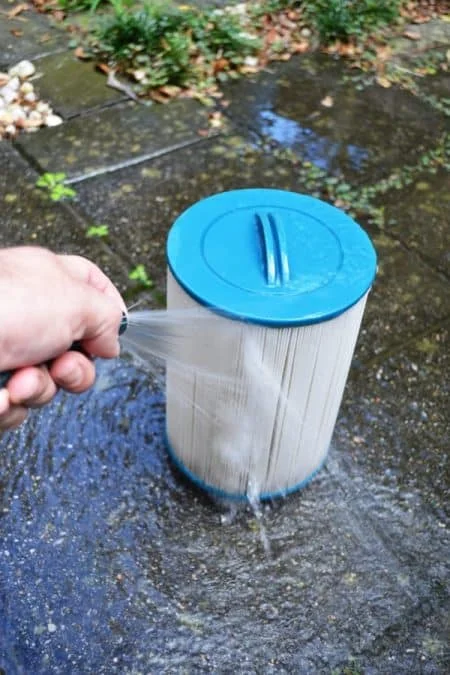
While we are talking about operating costs, let’s talk about water. Water is cheap. The cost of municipally supplied water in North America is about 1.5 cents per gallon, including the wastewater charge that most people pay. That means that it cost $6 to fill a 400-gallon spa. So if you have a huge party in your spa and the water is a mess, consider just dumping and refilling the tub, the water cost you $6 and is a lot less than trying to add chemicals to clear the water.
I once mentioned this to someone on this page, and someone else shot back about the cost of heating the freshly filled tub water up. So let’s talk about that. I have a 400 gallon spa. It has a 5kW heater. At 12 cents a kWh, it costs 60 cents an hour to operate the heater. The heater raises the temperature at the rate of 7 degrees an hour. So if I fill the spa with 55 degree water, and raise it to 104 degrees, it will take 7 hours to heat it. Seven hours at 60 cents an hour is $4.20 to heat the spa. So on average it costs $10.60 to fill and heat a 400 gallon spa. I’ve paid more than that for a beer in some places. If in doubt, dump it out.
Filters. Filters are not magic, they need to be maintained. If on day one, a person gets into your spa covered in sunscreen, that sunscreen (or many other contaminants) can impede the efficiency of the filter and it won’t work well, and then the tub goes cloudy. The filter may look clean, but the 20 micron holes in the fabric get bunged up and nothing works well. Add all of the shock and clarifier you want to, if the filter is dirty, your water will remain cloudy.
Properly cleaned filters are pivotal to successful spa care. If cleaning your filter is just rinsing it with water, that is akin to washing your hair without shampoo. After 1 day you’ll know you didn’t use shampoo, and after 7 days, we will all know.
Using a filter cleaning agent designed to clean hot tub filters (stop using vinegar and bleach and TSP etc.) is recommended, a product such as Spa Marvel Filter Cleaner. After soaking the filter in filter cleaner it is critical that the debris is thoroughly removed from the pleats of the filter. The water pressure from hoses, showers, dishwashers (which doesn’t work anyway) and kitchen sinks is often not strong enough to remove the debris. If after rinsing your filter there is still discolouration in the pleats or if it still smells dirty, then it is not clean and you need to reevaluate your current filter cleaning techniques. Many people use a pressure washer (gently and carefully) to quickly and effectively remove the debris after soaking the filter. A pressure washer will peel paint from a car, and can damage the fabric on your filter, so use common sense when using high pressure. If you do not have access to a pressure washer, the sprayer at the coin-operated car wash works well.
Asking how often you should clean a filter is like asking how often should you wash your car. There are so many variables that affect the frequency of cleaning. However, a thorough filter rinse once a week, with a proper complete monthly cleaning, will suffice for the majority of hot tub users. You can’t over-clean a filter, and it is easier to keep a filter clean than it is to clean a filter.
Most reusable hot tub filters ought to be replaced after 6 months of use. You change the oil filter on your car every 3 months and it’s in an enclosed system, but people try and get years and years out of a spa filter that has contaminants introduced to it all of the time. And don’t complain about the cost of a filter. People will spend $4000-$24,000 on a hot tub, and then bitch and moan because a filter is $100. Clean filters and plenty of filtration will perform miracles.
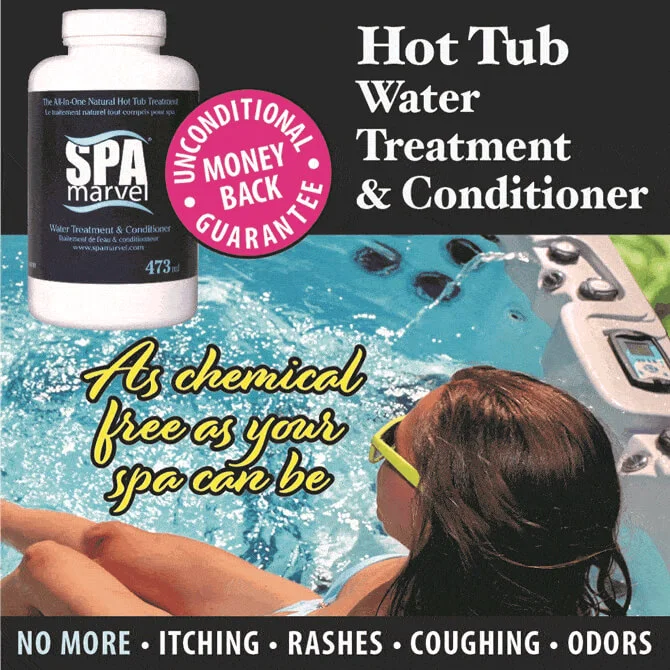
Stop trying to cheap out on water care products. Stop using vinegar and bleach to maintain water balance, those products are for french fries and laundry, not hot tubs. Use products designed for hot tub care, and you will usually find a higher-quality product (less filler) when buying from a professional spa retailer than you will when buying from a big box store, where the lower quality products may cause excessive foaming and lead to more frequent water changes. Stop using essential oils, tea-tree oil and other weird things in your water, they often gum up the filters and cause cloudy water and foam.
Keep an eye on your water balance. Bromine and chlorine, by their nature, will lower your alkalinity. When alkalinity gets below 80ppm, the water becomes acidic and can cause itchy skin, rashes and can even start to degrade the o-rings, seals and gaskets in your spa, which will lead to leaks and expensive repairs. Keep your water balanced.
I’m not here to argue with people about what I’ve written or to convince you to change, I don’t want to deal with any negativity. If you’re happy with what you’re doing keep doing it. But if you have any struggles, consider what I’ve shared from my 27 years of experience in the industry.
Please feel free to share this information with your hot tubbing friends.
And if you would like more information about Spa Marvel, send an email to info@spamarvel.com and simply put ‘more info’ in the subject line.

